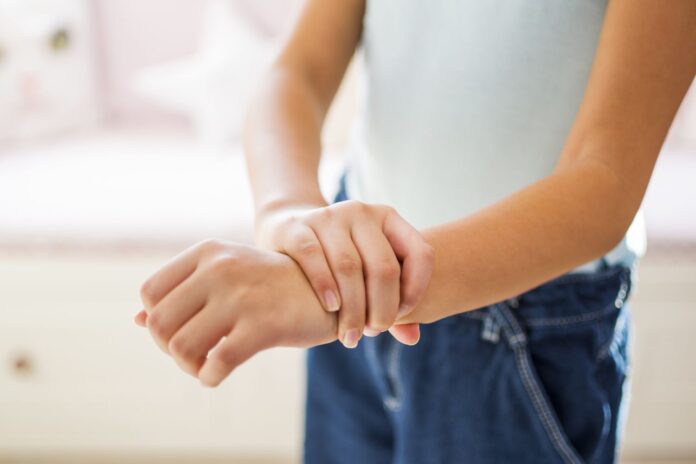Arthritis in children, often referred to as juvenile idiopathic arthritis (JIA), is a condition that causes joint inflammation and stiffness. Though it is less common than adult arthritis, it can be painful and affect a child’s daily life. Here are some symptoms and ways to manage juvenile arthritis:
Common Symptoms of Juvenile Arthritis:
- Joint Pain and Swelling: The affected joints (usually knees, hands, or feet) might appear swollen, tender, or warm.
- Stiffness: Children may experience stiffness, particularly in the morning or after periods of inactivity.
- Fatigue: They may feel unusually tired or weak.
- Limited Range of Motion: Difficulty moving joints as freely as before.
- Fever and Rash: In some cases, children might experience unexplained fevers or rashes.
- Limping: Young children may limp, especially after waking up, due to pain and stiffness in the legs.
- Eye Problems: Some types of juvenile arthritis can lead to inflammation in the eyes (uveitis).
Ways to Manage Juvenile Arthritis:
- Medical Treatment:
- Nonsteroidal Anti-Inflammatory Drugs (NSAIDs): To reduce pain and inflammation.
- Disease-Modifying Antirheumatic Drugs (DMARDs): To slow the progression of the disease.
- Biologics: These medications target specific parts of the immune system that contribute to inflammation.
- Steroids: Short-term use of corticosteroids may be prescribed for severe symptoms.
- Physical Therapy:
- Regular exercises under the supervision of a physical therapist can help maintain joint function and flexibility.
- Stretching exercises and low-impact activities like swimming or cycling can reduce stiffness.
- Diet and Nutrition:
- A balanced diet rich in anti-inflammatory foods (like omega-3 fatty acids, found in fish) may help manage inflammation.
- Maintaining a healthy weight is important to reduce stress on joints.
- Hot and Cold Therapy:
- Heat therapy (warm baths or heating pads) can ease joint stiffness.
- Cold packs can help reduce swelling and numb painful areas.
- Emotional Support:
- Dealing with chronic illness can be tough on children, so emotional and psychological support from family, friends, or therapists is essential.
- Activities that boost self-esteem and encourage social interaction can be helpful.
- Assistive Devices:
- Special tools or braces may be recommended to help with mobility or to protect affected joints from further damage.
- Education and Awareness:
- Educating the child and their family about the condition and ways to manage flare-ups helps create a more supportive environment.
If you suspect a child is suffering from arthritis, early diagnosis and intervention can greatly improve their quality of life. Regular checkups with a pediatric rheumatologist are important for monitoring the condition.
4o



